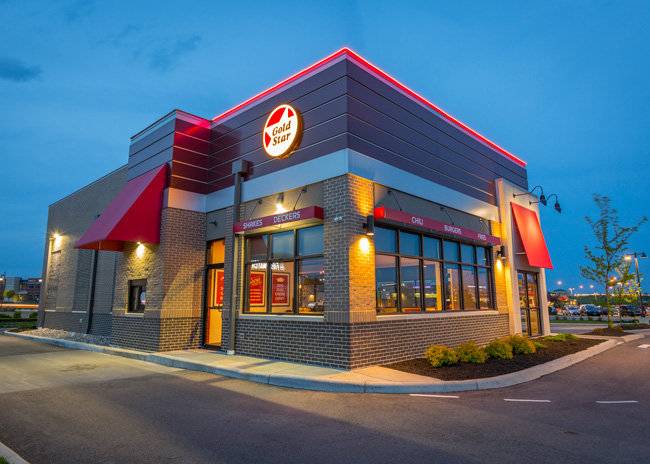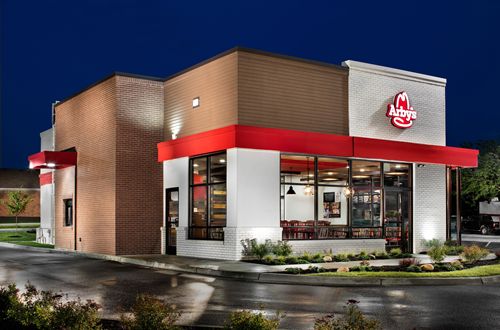 Jeff DavisFinding a new site for a restaurant these days largely comes down to technology. By analyzing a site, consumer analytics firm Buxton can provide multiple data points for operators to make the best decision on whether a location will be a good choice for their future business.
Jeff DavisFinding a new site for a restaurant these days largely comes down to technology. By analyzing a site, consumer analytics firm Buxton can provide multiple data points for operators to make the best decision on whether a location will be a good choice for their future business.
Jeff Davis, senior vice president, customer success, Buxton, Fort Worth, Texas, explains how the process works.
Do you work with chain or independent restaurants?
JD: Our sweet spot is the chain with 50 to 100 locations. They could be going into brand new markets. And the A locations are easy but they need to be sure about the B locations and the C locations. When you’re a small brand each new location is a big part of your whole portfolio.
What data do you provide to them?
JD: Bottom line: The nonnegotiable is having access to the types of consumers who are likely to be your brand’s customers. All other site selection factors still matter, but without access to people who will actually buy from you, the site will fail. We help restaurants understand the site’s potential so they can understand what the economics need to be in order to be profitable at that location.
We try to simplify and ask our customers what can we measure that matters. How important is traffic? How relevant is competition? What is the share of stomach? We look at occasion and frequency. For example, all competitors who serve food aren’t a competitor all the time.
We look at the impact of other businesses and things like the growth of convenience stores getting in on the food game.
We also look at the fact that private equity is putting a lot of money in retail healthcare — so you maybe used to fight with restaurants for that endcap site but now you’re in competition with healthcare operators that are opening freestanding emergency departments and clinics and they have the money for rents. That makes it more competitive.
How do you use AI?
JD: We are very AI first, and it’s one of the three major inputs: We have Buxton’s own data, the customer’s data, and AI solutions. Thanks to this methodology, it’s increasingly getting easier to see what’s missing, and what tends to come next. We can see new housing developments that are coming and can anticipate the needs of people moving into the area.
We’re AI first in everything, and that goes from how we serve customers in terms of interpreting reports, to helping us be more efficient on the backside so I can spend more time with the customer. It’s in our operational efficiency, and in the tools for our team to give our customers the best return on investment. One trend right now is solutions that used to cost a lot more, we can democratize some of them [by using AI].
AI is making site selection tools both better and more affordable. It reduces the labor hours involved while simultaneously improving the solutions. That makes these tools more accessible to a wider group of restaurants, including those in earlier stages of growth.
Is technology the only thing operators need to assess a site?
JD: They need to also visit the site. At one location, there were 25,000 cars going by every day, but there was also shrubbery obscuring the restaurant sign so no one knew they were there.



